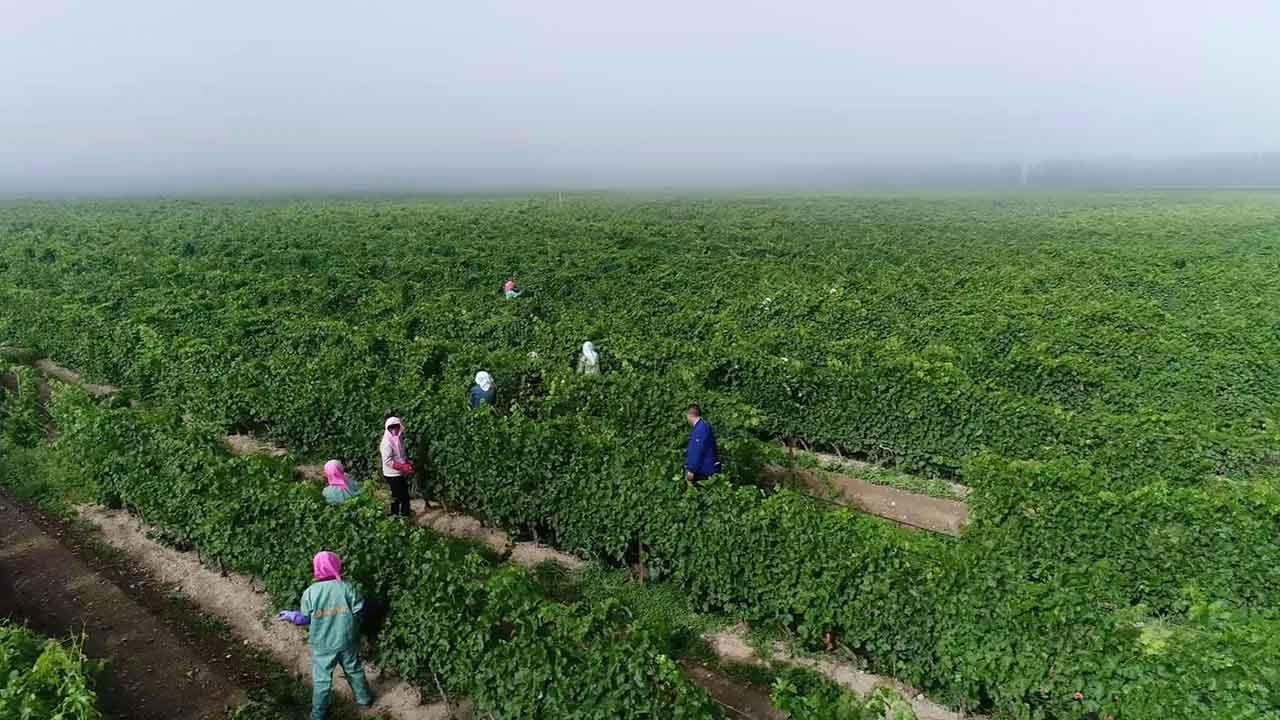In a country where gaps exist between rich and poor, city and countryside, and one region and another, the challenge in promoting development is to make sure that it is balanced, coordinated, sustainable and healthy. The Chinese system is uniquely suited to achieving such development.
Under the 13th Five-Year Plan from 2016 to 2020, China is committed to the pursuit of coordinated development.
Urban-rural barrier
In dealing with poverty, the target is its total eradication by 2020. This means lifting 20 people out of poverty every minute.
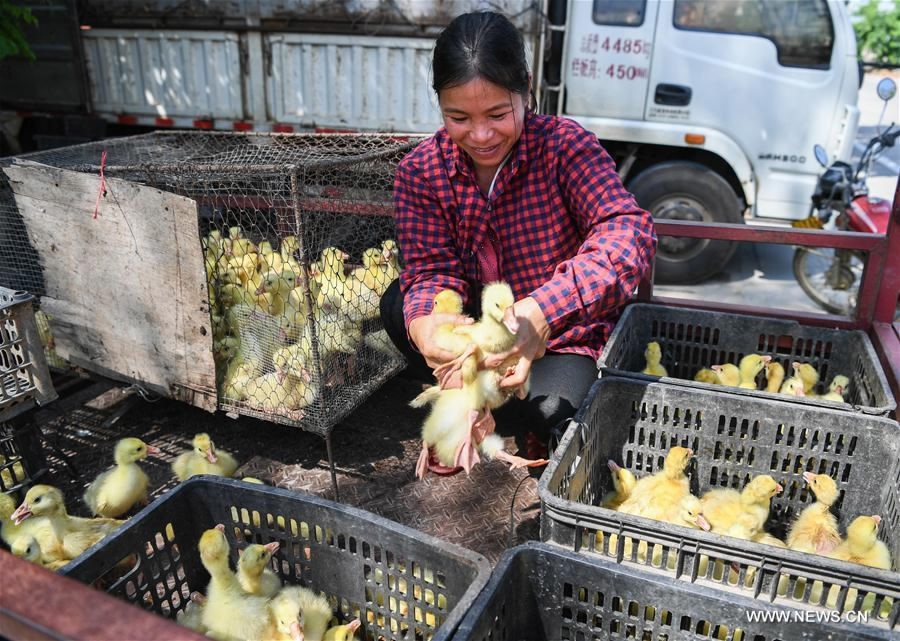
As part of a poverty alleviation project, villager Wang Haihua receives goslings from the government at Fanyang Township of Wuzhishan City, south China's Hainan Province, May 9, 2017. /Xinhua Photo
As part of a poverty alleviation project, villager Wang Haihua receives goslings from the government at Fanyang Township of Wuzhishan City, south China's Hainan Province, May 9, 2017. /Xinhua Photo
"In poverty alleviation work, we must avoid high-sounding slogans," said Chinese President Xi Jinping. "We must set no goals that are beyond our reach. Poverty alleviation requires pragmatism, proper guidance and targeted measures."
Over the past five years, almost 14 million people escaped poverty every year. This is a fruit of China's efforts to achieve the more coordinated development of society. Key to this is the integrated development of the cities and the countryside, which is bringing down the traditional urban-rural barrier.
Fujian-Ningxia Mode
The key is to make those areas that are weak strong. To this end, China has drawn up an innovative plan for trans-regional mutual assistance.
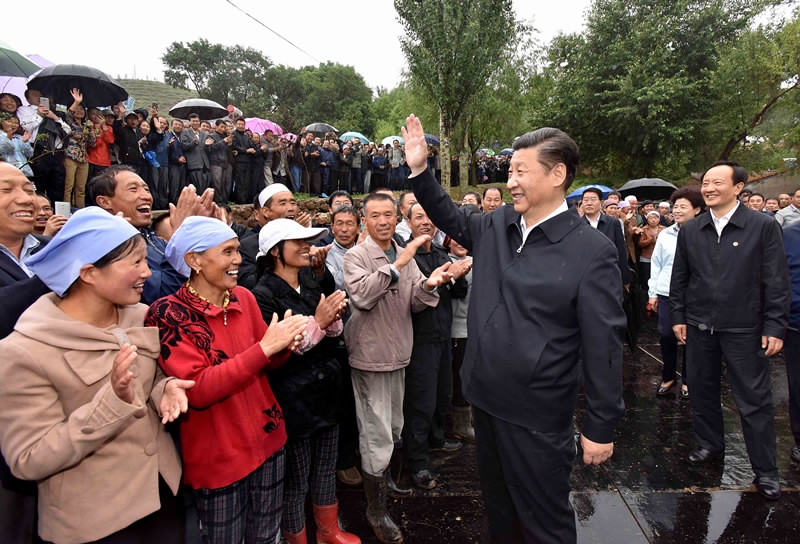
Chinese President Xi Jinping waves to villagers during his visit in Yangling Village of Dawan Town in Guyuan City, northwest China's Ningxia Hui Autonomous Region, July 18, 2016. /Xinhua Photo
Chinese President Xi Jinping waves to villagers during his visit in Yangling Village of Dawan Town in Guyuan City, northwest China's Ningxia Hui Autonomous Region, July 18, 2016. /Xinhua Photo
Under the Fujian-Ningxia Mode of mutually complementary benefits, 5,600 enterprises and 80 billion yuan (about 12 billion US dollars) of investment have poured into Ningxia Hui Autonomous Region in northwest China from the eastern province of Fujian.
Regional strategies
During the past five years, China has reaffirmed the key functions of its regions, producing a series of outstanding successes.
Without a long-term strategy, short-term achievements are impossible. This has been proven in the course of carrying out a number of key national and regional strategies: Developing the West, Revitalizing the Northeast, Upgrading Central China, Bringing into Full Play the Leading Role of the East and Coordinating Nationwide Common Progress.
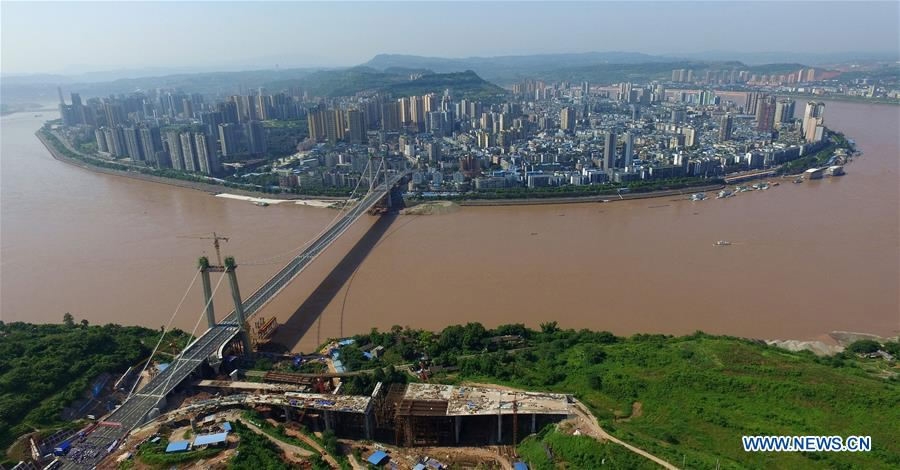
The Yangtze River Bridge in Jijiang Town of Jiangjin District in Chongqing, southwest China. /Xinhua Photo
The Yangtze River Bridge in Jijiang Town of Jiangjin District in Chongqing, southwest China. /Xinhua Photo
Traditional boundaries are being overcome and administrative barriers dismantled. In September 2016, a plan was published for developing the Yangtze River Economic Belt. It envisages broad cooperation involving all 11 provinces and municipalities along the Yangtze.
Xiongan New Area
To try to achieve common benefits, a national strategy has been made for the coordinated development of Beijing and Tianjin municipalities and Hebei Province in north China. Beijing's advantages in the fields of culture, science and technology will be combined with Tianjin's advantages in finance and new manufacturing and Hebei's in modern commerce, trade and logistics.
Xiongan New Area, an economic zone about 100 kilometers south of Beijing, was formally established in April.
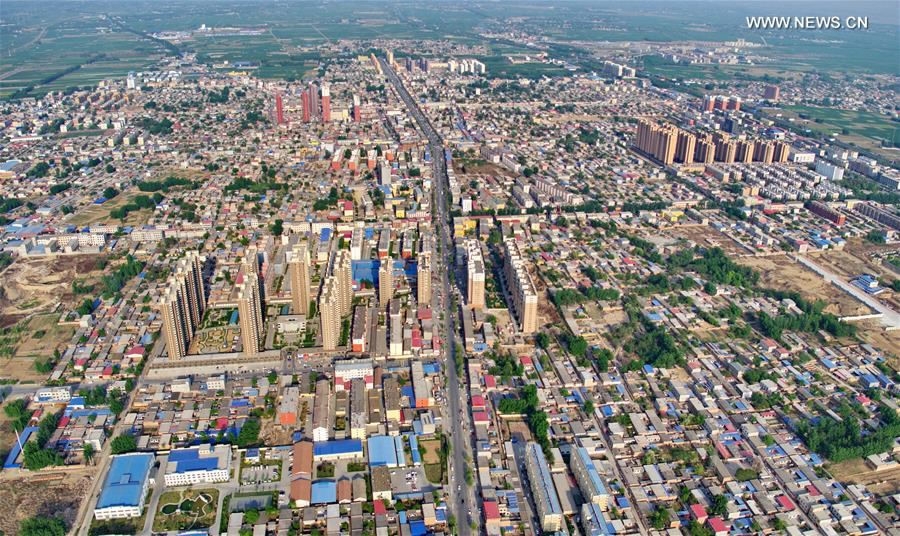
The scenery of the county seat of Rongcheng, north China's Hebei Province, which is part of Xiongan New Area. /Xinhua Photo
The scenery of the county seat of Rongcheng, north China's Hebei Province, which is part of Xiongan New Area. /Xinhua Photo
"Xiongan New Area will be a historic legacy we bequeath to the future generations," Xi stressed during an inspection of Hebei earlier this year. "We must adhere to a global perspective, international standards, Chinese characteristics and a high level."
China is standing at a new historical starting point. In pondering the future and drawing up plans, it is adhering to several key principles: comprehensive coordination, joint progress, and steady and farsighted action.
By working together to coordinate development, Chinese people are creating this Amazing China!

